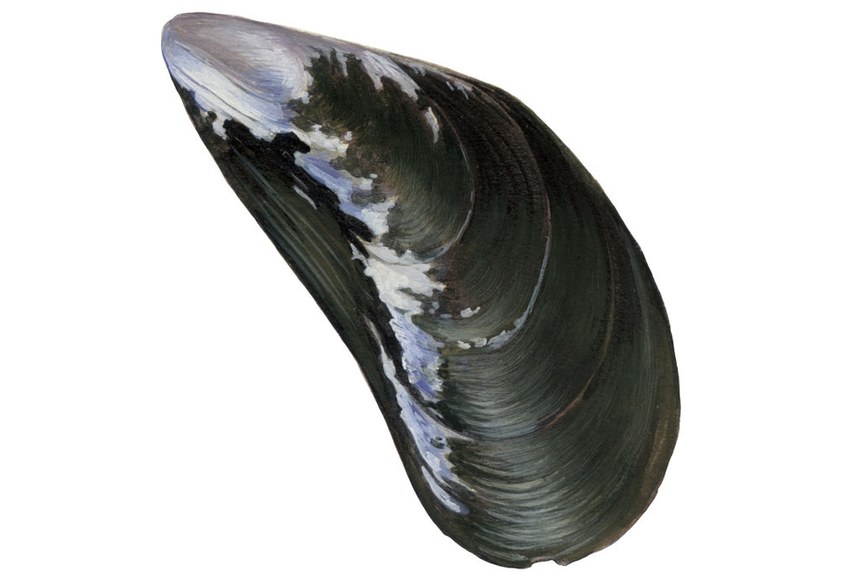Overview
Fisheries are composed of one or more parts, each of which is entitled to receive an MSC certificate. These parts or “units” are defined by their target stock(s), fishing gear type(s) and if relevant vessel type(s), and the fishing fleets or groups of vessels.
When the term “Unit of Certification” is used for fishing units that are in assessment, it refers to the “Unit of Assessment” or “Unit of potential certification”. Expand a status below to view the parts that form this fishery. To check the detailed scope, download the latest certificate or open the Assessments page to get the latest report. Find out more by visiting our page on Fisheries
About this Fishery
37 vessels operate in this fishery, which was first certified in 2010. It is located in Denmark’s Limfjord, Denmark’s main mussel fishery for more than a century, and the boats dredge both blue mussels and cockles from March to June and September to December.
On the soft bottom of the Limfjord, mussels form stabilised mussel beds of interconnected mussels and dead shells. Mussel beds are often dominant in terms of biomass, and form a key component of many marine communities.
Vessels use one or two dredges to fish for the mussels, 2m wide with a maximum weight of 100kg. A 2-3m bag is attached to the dredge frame. Research indicates little risk of bycatch.
Stock levels are carefully managed so the mussels are never harvested faster than they can reproduce. Management strategies make extensive use of closed areas, so that only 5 per cent of the Limfjord is fished annually. There are no apparent direct effects on endangered or protected species, and possible indirect effects – such as harvesting of mussels fed on by aquatic birds – are kept to a minimum by strict limits on fishing efforts.
Mussel (Mytilus edulis) image © Scandinavian Fishing Year Book
Market Information
Around 30,000 tonnes of mussels are harvested annually. Some are sold live, but more than 90 per cent are exported as single frozen mussels or canned commodities to the rest of Europe, Russia and the Middle East.
